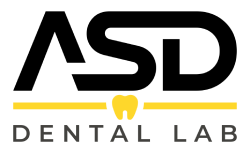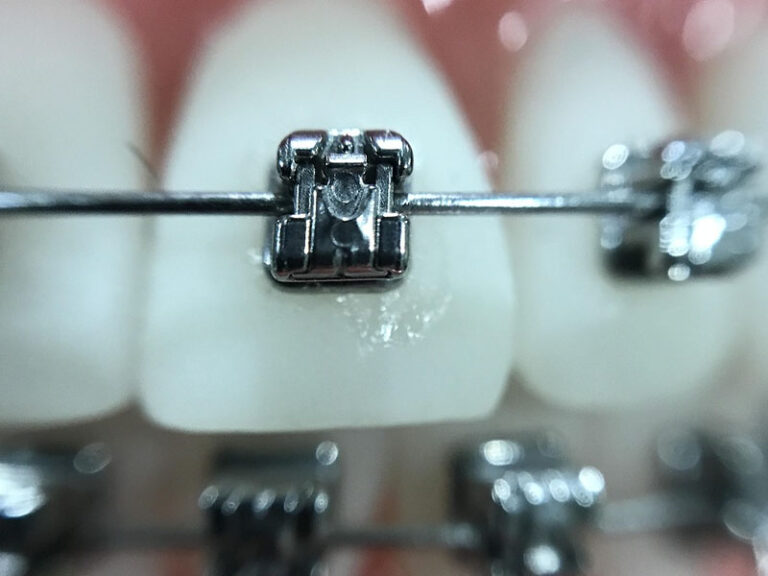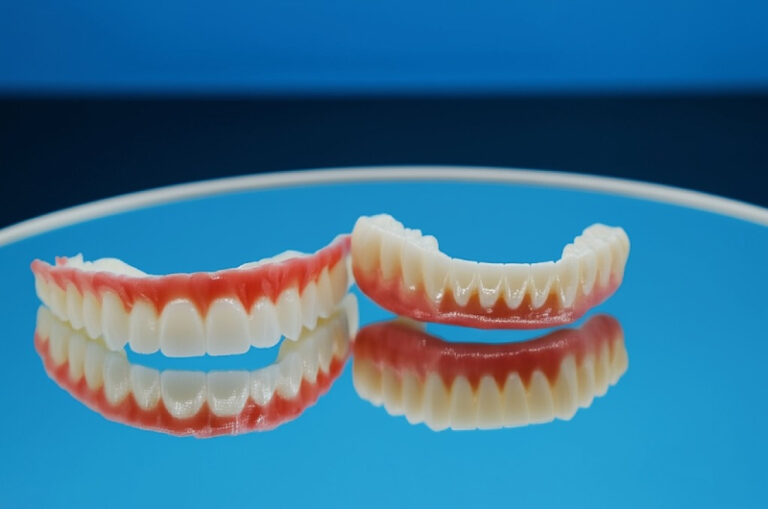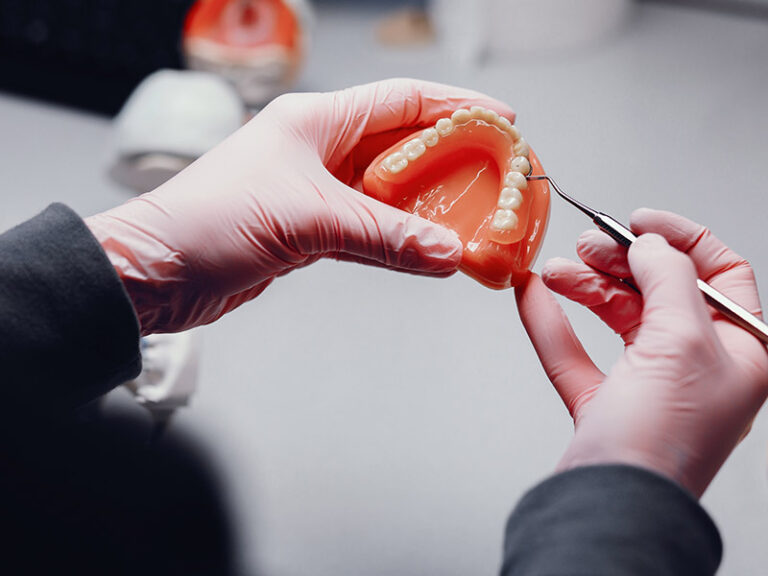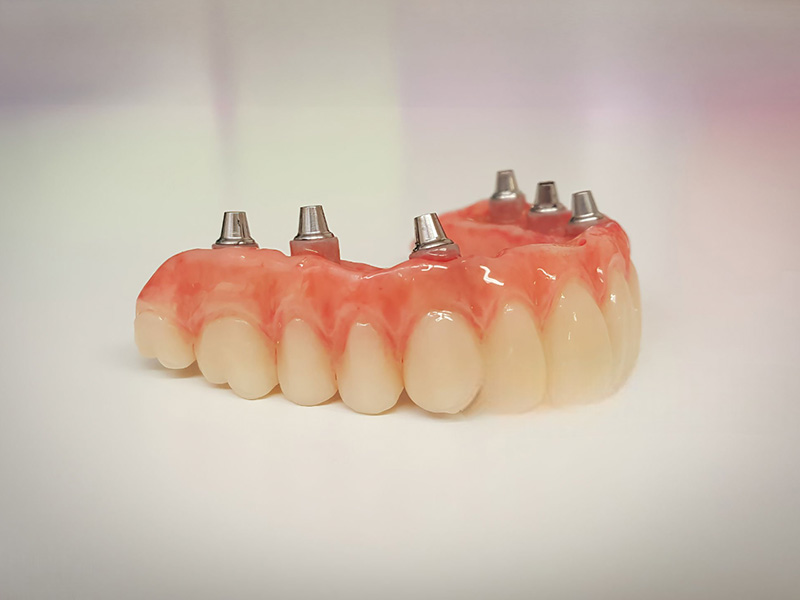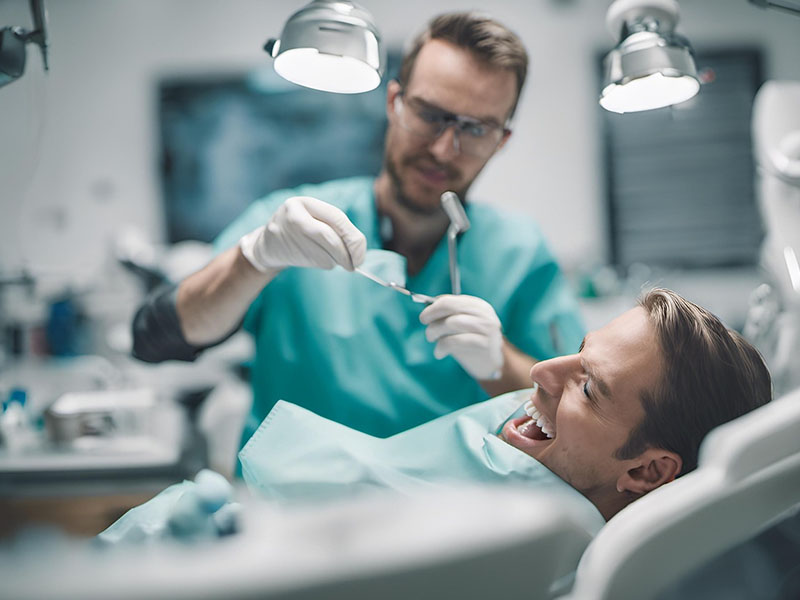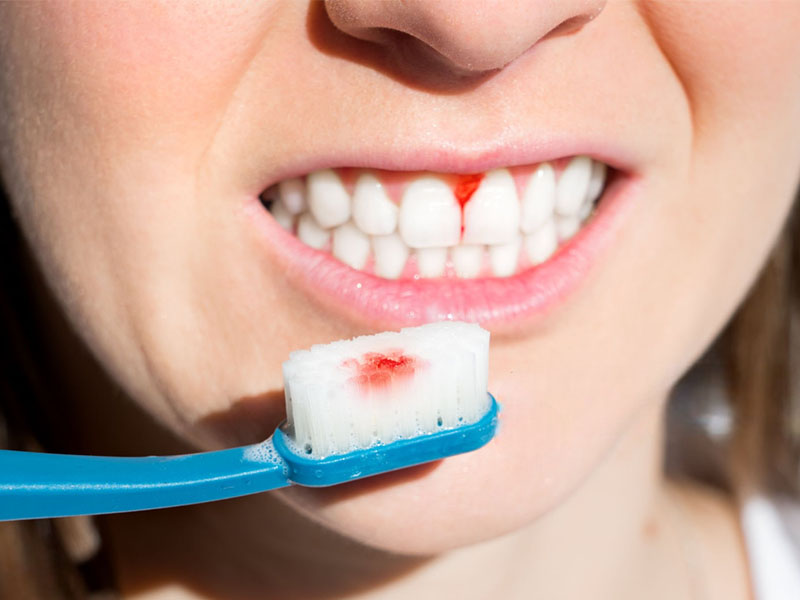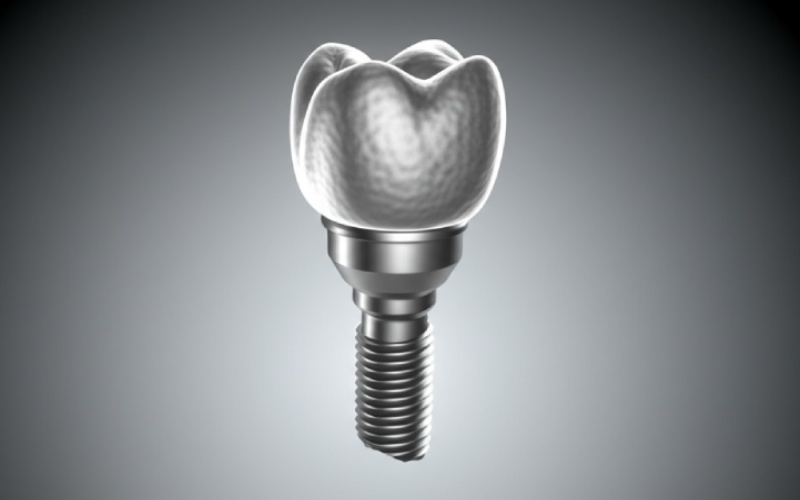
Best Bone Graft Material for Dental Implants: A 2025 Guide
Table of Contents
What Is a Bone Graft for Dental Implants?
A bone graft is new bone that we put in your jaw. It helps make your jaw strong for a dental implant. When you lose a tooth, the bone can get small. A bone graft helps make the bone big again.
You need good bone to hold a dental implant. If your jaw bone is too thin or too soft, you may need a bone graft.
Why You Might Need a Bone Graft
You might need a bone graft if:
- You lost a tooth a long time ago
- Your jaw bone is too thin
- You have gum problems
- You need a big implant
- You had an infection in your jaw
A bone graft gives your implant a strong base. This helps your new tooth work well and last a long time.
Types of Bone Graft Materials
There are 4 main types of bone graft materials. Each one has good and bad points.
1. Autografts (Your Own Bone)
This is bone from your own body. It might come from your jaw, hip, or shin.
Good points:
- Works the best
- No risk of your body saying no to it
- Helps new bone grow fast
Bad points:
- Need two surgeries (one to take the bone, one to put it in)
- Can hurt where they take the bone from
- Only get a small amount of bone
Autografts work 85-95% of the time. That’s the best success rate of all types.
2. Allografts (Other People’s Bone)
This is bone from another person. It is clean to make sure it can’t make you sick.
Good points:
- No need for a second surgery site
- Can get more bone
- Works almost as good as your own bone
Bad points:
- Tiny risk of disease
- Not as good at making new bone grow
- Takes longer to heal
Allografts work 75-85% of the time.
3. Xenografts (Animal Bone)
This is bone from an animal, most often a cow. It is clean to make it safe for you.
Good points:
- Lots of bone available
- Stays in place a long time
- Good at keeping the shape of the bone
Bad points:
- Takes a long time to turn into your bone
- Some people don’t want animal parts
- Can stay in your body for years
Bio-Oss® is a big name in xenografts. It works 80-90% of the time.
4. Synthetic Grafts (Man-Made)
These are made in a lab. They use special materials like calcium and phosphate.
Good points:
- No risk of disease
- Can be made in many shapes and sizes
- No need to use animal or human parts
Bad points:
- Not as good at making bone grow as real bone
- Some types break down too fast
- Might not be as strong
DSI Syntoss® is a good synthetic graft. It works 80-90% of the time.
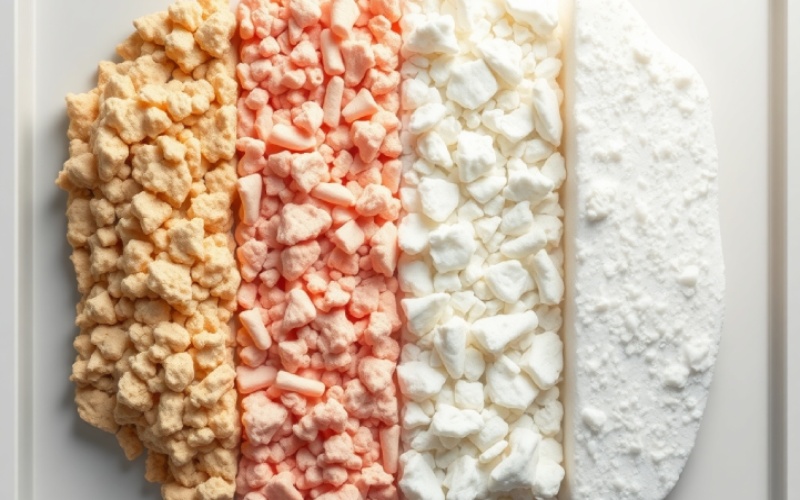
Best Bone Graft Materials Comparison
Here is a chart to help you see the differences:
| Type | Example | Success Rate | How Long It Lasts | Best For |
|---|---|---|---|---|
| Autograft | Your jaw bone | 85-95% | 3-6 months | Small fixes |
| Allograft | MinerOss® | 75-85% | 6-18 months | Medium fixes |
| Xenograft | Bio-Oss® | 80-90% | 12-24+ months | Big areas |
| Synthetic | DSI Syntoss® | 80-90% | 6-18 months | Most cases |
How to Choose the Best Bone Graft Material
The best bone graft material depends on:
1. How Big Is the Fix?
- Small fix (like one tooth socket): Synthetic or your own bone works well
- Medium fix (a few teeth): Allograft or xenograft is good
- Big fix (whole jaw): Mix of materials may be best
2. Your Health
Your health matters too:
- If you smoke, healing takes longer
- If you have diabetes, some grafts work better than others
- Some medicines can affect how well grafts work
3. How Fast You Need the Implant
- Want it fast? Your own bone heals quickest
- Can wait? Xenografts may give the best long-term results
4. Cost
Bone grafts cost different amounts:
- Your own bone: Most expensive (need two surgeries)
- Synthetic: Medium cost
- Allografts and xenografts: Often the least expensive
Top 5 Bone Graft Materials in 2025
Based on success rates, healing time, and dentist reviews, here are the top 5:
1. DSI Syntoss® – Best Overall
This is a mix of two synthetic materials. It has 60% β-TCP and 40% HA. This mix helps it last the right amount of time. Not too fast, not too slow.
Good for: Most people who need dental implants
Visit to learn more about implants with bone loss.
2. Bio-Oss® – Best Xenograft
This comes from cows. It is the most used animal bone graft. It stays in place a long time and helps keep the shape of your jaw.
Good for: Big areas where you need the bone to stay the same shape
3. MinerOss® – Best Allograft
This comes from human donors. It works well for medium-sized fixes and turns into your own bone over time.
Good for: Most people, especially if you want a graft that’s closer to human bone
4. Your Own Bone – Best for Fast Healing
If you can have two surgeries, using your own bone works the best. It helps new bone grow the fastest.
Good for: Small fixes where you need quick healing
5. NovaBone® – Best for Easy Use
This is a bioglass material that comes in many forms. Dentists like it because it’s easy to use and molds well.
Good for: Sinus lifts and hard-to-reach spots
For implant success after bone grafting, check out ASD Dental Lab’s implant solutions.
The Bone Grafting Procedure
Here’s what happens when you get a bone graft:
1. Before the Procedure
- Your dentist will take X-rays and scans
- You may need to stop some medicines
- Don’t eat or drink for 8-12 hours before
2. During the Procedure
- You get medicine to make you sleep or not feel pain
- The dentist cleans the area
- They add the bone graft material
- They may put a special cloth over the graft
- They close the gum with stitches
3. After the Procedure
- You might have swelling and pain
- You take pain pills and antibiotics
- You eat soft food for a few days
- You use a special mouth wash
4. Healing Time
- 1 week: Stitches come out
- 2-3 months: Bone starts to grow
- 4-9 months: Bone is strong enough for an implant
The whole process takes about 6-12 months from the first visit to the final tooth.
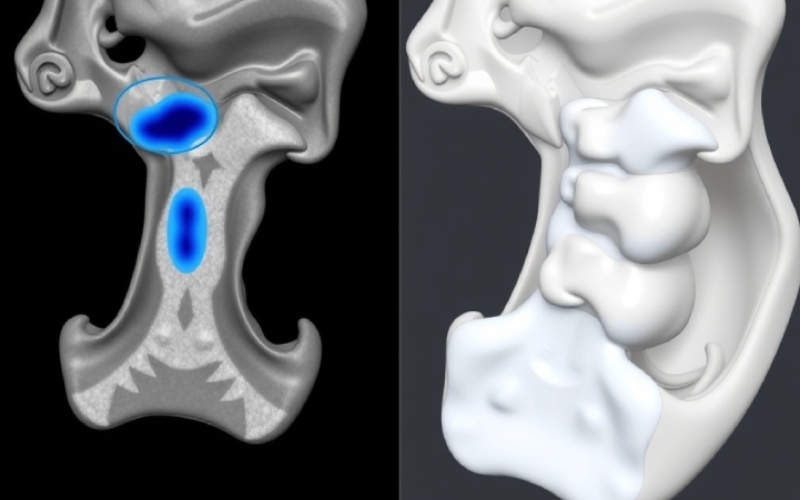
Success Rates and Possible Risks
Bone grafts usually work well. But there are some risks:
Success Rates
- Autografts: 85-95%
- Allografts: 75-85%
- Xenografts: 80-90%
- Synthetic: 80-90%
Possible Risks
- Infection (rare – about 2-5% of cases)
- Graft doesn’t work (5-20% of cases)
- Pain that lasts a long time
- Swelling that doesn’t go away
- Damage to nearby teeth or nerves
Most people have no problems with their bone grafts.
To see examples of successful implants after bone grafting, visit ASD Dental Lab’s full implant page.
New Bone Graft Materials in 2025
Science keeps making better bone grafts:
1. 3D-Printed Scaffolds
These are bone grafts made just for you. A computer designs the exact shape you need. This helps the bone grow in the right way.
2. Growth Factor Grafts
These grafts have special proteins that tell your body to make bone faster. Types include:
- BMP-2 (Bone Morphogenetic Protein)
- PRF (Platelet-Rich Fibrin) from your own blood
- PDGF (Platelet-Derived Growth Factor)
3. Nano-Composite Grafts
These use tiny bits of material that work better with your cells. They can:
- Fight germs
- Help blood vessels grow faster
- Make bone grow in the right pattern
Common Questions About Bone Grafts
Do I always need a bone graft for a dental implant?
No. If your jaw bone is thick and strong, you might not need a graft. About 50% of implant patients need some kind of graft.
Does a bone graft hurt?
Most people say it hurts less than having a tooth pulled. You will get medicine to help with pain during and after.
How much does a bone graft cost?
Small graft: $300-$800
Medium graft: $800-$1,500
Big graft: $1,500-$3,000
Insurance might pay for part of the cost.
What’s the best bone graft for the front teeth?
For front teeth, where looks matter most, syntoss or allograft often works best. They help keep the shape of your gum line.
How long before I can get an implant after a bone graft?
Small grafts: 3-4 months
Medium grafts: 4-6 months
Big grafts: 6-9 months
Your dentist will check to make sure the bone is strong enough.
Final Thoughts
The best bone graft material depends on your needs. Your dentist will help pick the right one for you.
Remember:
- Autografts (your own bone) work the best but need two surgeries
- Allografts (human donor bone) are good all-around options
- Xenografts (animal bone) last a long time
- Synthetic grafts like DSI Syntoss® offer good results without using animal or human tissue
Talk to your dentist about which bone graft is best for your mouth, your health, and your budget.
For more about dental implants and bone grafting, check out these helpful resources at ASD Dental Lab.
